|
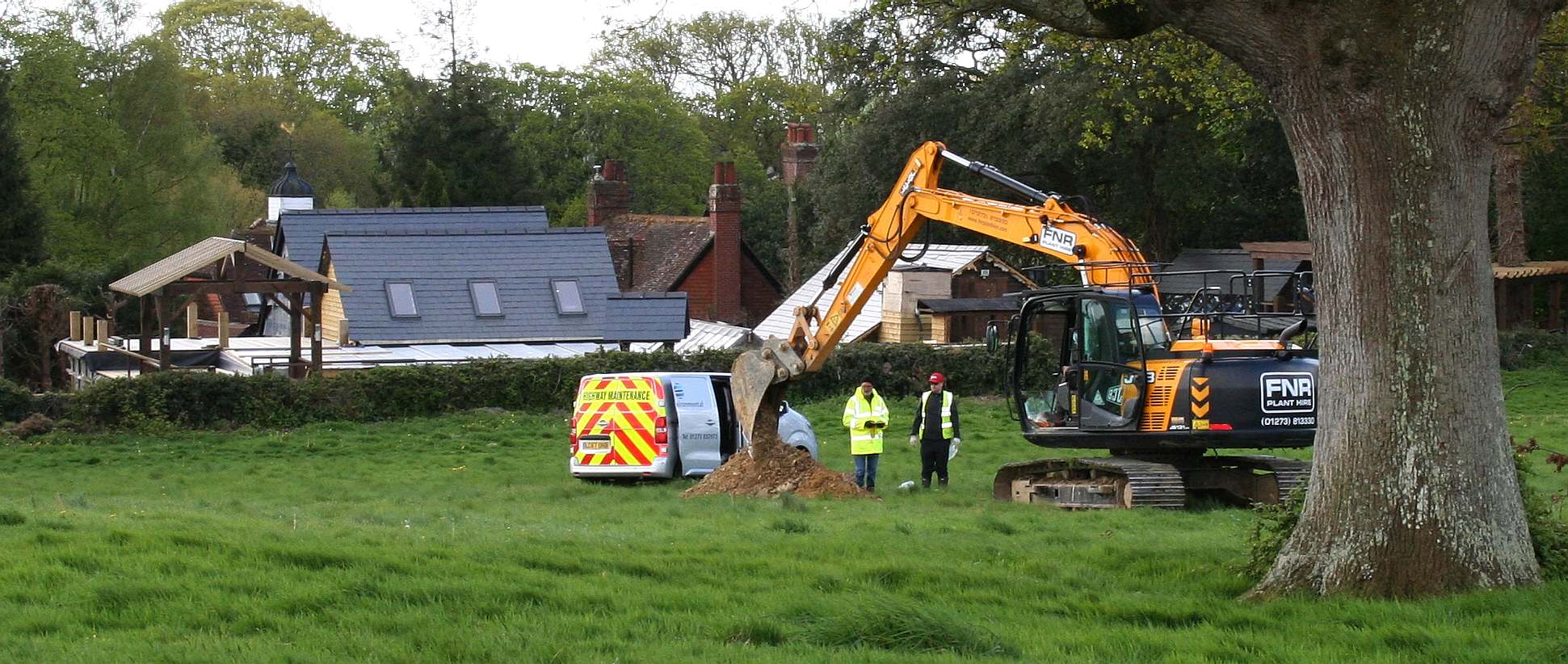
WATER
RIGHTS - Clarion Housing Group and Thakeham
Homes are in danger of spoiling an ancient well that supplies water
to many concerns in this vicinity. In the picture you can see a hired
digger scooping out trenches to test drainage by pouring in water and
measuring the rate of absorption by the soil. It seems to us that if you
build houses on the ground that feeds the ancient well, that
contamination from garden treatments such as Roundup and engine oils,
etc., will find its way into this well leading to claims against the
owners of the houses who would have been sold a pup, and/or against the
Council for approving the proposal, by way of a negligence claim, and/or
against the vendors or developers. Any way you look at it the developers
and Council concerned should take steps to ensure that no development
takes place until the proper tests and evaluations have been completed,
and after that stage, to ensure that any houses built in this location
will not be on a path that includes the water
table that feeds the ancient well.
Any
failure to conduct the proper tests and house situation, along with safe
sewage disposal, may tempt the Secretary
of State to call in the application. We imagine that all of those
with a financial interest in this piece of greenbelt will want to
resolve issues before it starts to get complicated.
11.
CONSERVING AND ENHANCING THE NATURAL ENVIRONMENT
109. The planning system should contribute to and enhance the natural and local
environment by:
●● protecting and enhancing valued landscapes, geological conservation
interests and soils;
●● recognising the wider benefits of ecosystem services;
●● minimising impacts on biodiversity and providing net gains in
biodiversity where possible, contributing to the Government’s commitment to halt the
overall decline in biodiversity, including by establishing coherent ecological
networks that are more resilient to current and future pressures;
●● preventing both new and existing development from contributing to or
being put at unacceptable risk from, or being adversely affected by unacceptable levels of soil, air, water or noise pollution or land instability;
and
●● remediating and mitigating despoiled, degraded, derelict, contaminated
and unstable land, where appropriate.
110. In preparing plans to meet development needs, the aim should be to minimise pollution and other adverse effects on the local and natural
environment. Plans should allocate land with the least environmental or amenity value, where consistent with other policies in this Framework.
111. Planning policies and decisions should encourage the effective use of land by
re-using land that has been previously developed (brownfield land), provided
that it is not of high environmental value. Local planning authorities may
continue to consider the case for setting a locally appropriate target for the
use of brownfield land.
112. Local planning authorities should take into account the economic and other
benefits of the best and most versatile agricultural land. Where significant
development of agricultural land is demonstrated to be necessary, local planning authorities should seek to use areas of poorer quality land in
preference to that of a higher quality.
113. Local planning authorities should set criteria based policies against which
proposals for any development on or affecting protected wildlife or geodiversity sites or landscape areas will be judged. Distinctions should be
made between the hierarchy of international, national and locally designated
sites, so that protection is commensurate with their status and gives appropriate weight to their importance and the contribution that they make
to wider ecological networks.
114. Local planning authorities should:
●● set out a strategic approach in their Local Plans, planning positively for the
creation, protection, enhancement and management of networks of biodiversity and green infrastructure; and
●● maintain the character of the undeveloped coast, protecting and enhancing its distinctive landscapes, particularly in areas defined as
Heritage Coast, and improve public access to and enjoyment of the coast.
115. Great weight should be given to conserving landscape and scenic beauty in
National Parks, the Broads and Areas of Outstanding Natural Beauty, which
have the highest status of protection in relation to landscape and scenic
beauty. The conservation of wildlife and cultural heritage are important
considerations in all these areas, and should be given great weight in National Parks and the Broads.
116. Planning permission should be refused for major developments in these
designated areas except in exceptional circumstances and where it can be
demonstrated they are in the public interest. Consideration of such applications should include an assessment of:
●● the need for the development, including in terms of any national considerations, and the impact of permitting it, or refusing it, upon the
local economy;
●● the cost of, and scope for, developing elsewhere outside the designated
area, or meeting the need for it in some other way; and
●● any detrimental effect on the environment, the landscape and recreational
opportunities, and the extent to which that could be moderated.
117. To minimise impacts on biodiversity and geodiversity, planning policies
should:
●● plan for biodiversity at a landscape-scale across local authority boundaries;
●● identify and map components of the local ecological networks, including
the hierarchy of international, national and locally designated sites of
importance for biodiversity, wildlife corridors and stepping stones that
connect them and areas identified by local partnerships for habitat
restoration or creation;
●● promote the preservation, restoration and re-creation of priority habitats,
ecological networks and the protection and recovery of priority species populations, linked to national and local targets, and identify suitable
indicators for monitoring biodiversity in the plan;
●● aim to prevent harm to geological conservation interests; and
●● where Nature Improvement Areas are identified in Local Plans, consider
specifying the types of development that may be appropriate in these Areas.
118. When determining planning applications, local planning authorities should
aim to conserve and enhance biodiversity by applying the following principles:
●● if significant harm resulting from a development cannot be avoided
(through locating on an alternative site with less harmful impacts), adequately mitigated, or, as a last resort, compensated for, then planning
permission should be refused;
●● proposed development on land within or outside a Site of Special Scientific
Interest likely to have an adverse effect on a Site of Special Scientific
Interest (either individually or in combination with other developments)
should not normally be permitted. Where an adverse effect on the site’s
notified special interest features is likely, an exception should only be made
where the benefits of the development, at this site, clearly outweigh both
the impacts that it is likely to have on the features of the site that make it
of special scientific interest and any broader impacts on the national network of Sites of Special Scientific Interest;
●● development proposals where the primary objective is to conserve or
enhance biodiversity should be permitted;
●● opportunities to incorporate biodiversity in and around developments
should be encouraged;
●● planning permission should be refused for development resulting in the
loss or deterioration of irreplaceable habitats, including ancient woodland
and the loss of aged or veteran trees found outside ancient woodland, unless the need for, and benefits of, the development in that location
clearly outweigh the loss; and
●● the following wildlife sites should be given the same protection as
European sites:
–– potential Special Protection Areas and possible Special Areas of Conservation;
–– listed or proposed Ramsar sites; and
–– sites identified, or required, as compensatory measures for adverse
effects on European sites, potential Special Protection Areas, possible Special Areas of Conservation, and listed or proposed Ramsar sites.
119. The presumption in favour of sustainable development (paragraph 14) does
not apply where development requiring appropriate assessment under the Birds or Habitats Directives is being considered, planned or determined.
120. To prevent unacceptable risks from pollution and land instability, planning
policies and decisions should ensure that new development is appropriate for
its location. The effects (including cumulative effects) of pollution on health,
the natural environment or general amenity, and the potential sensitivity of
the area or proposed development to adverse effects from pollution, should
be taken into account. Where a site is affected by contamination or land
stability issues, responsibility for securing a safe development rests with the
developer and/or landowner.
121. Planning policies and decisions should also ensure that:
●● the site is suitable for its new use taking account of ground conditions and
land instability, including from natural hazards or former activities such as
mining, pollution arising from previous uses and any proposals for mitigation including land remediation or impacts on the natural
environment arising from that remediation;
●● after remediation, as a minimum, land should not be capable of being
determined as contaminated land under Part IIA of the Environmental Protection Act 1990; and
26 Potential Special Protection Areas, possible Special Areas of Conservation and proposed Ramsar
sites are sites on which Government has initiated public consultation on the scientific case for designation as a Special Protection Area, candidate
Special Area of Conservation or Ramsar site.
●● adequate site investigation information, prepared by a competent person,
is presented.
122. In doing so, local planning authorities should focus on whether the
development itself is an acceptable use of the land, and the impact of the
use, rather than the control of processes or emissions themselves where these are subject to approval under pollution control regimes. Local planning
authorities should assume that these regimes will operate effectively. Equally,
where a planning decision has been made on a particular development, the
planning issues should not be revisited through the permitting regimes operated by pollution control authorities.
123. Planning policies and decisions should aim to:
●● avoid noise from giving rise to significant adverse impacts on health and
quality of life as a result of new development;
●● mitigate and reduce to a minimum other adverse
impacts on health and quality of life arising from noise from new development, including through
the use of conditions;
●● recognise that development will often create some noise and existing
businesses wanting to develop in continuance of their business should not
have unreasonable restrictions put on them because of changes in nearby land uses since they were
established; and
●● identify and protect areas of tranquillity which have remained relatively
undisturbed by noise and are prized for their recreational and amenity value for this reason.
124. Planning policies should sustain compliance with and contribute towards
EU
limit values or national objectives for pollutants, taking into account the
presence of Air Quality Management Areas and the cumulative impacts on air
quality from individual sites in local areas. Planning decisions should ensure
that any new development in Air Quality Management Areas is consistent with the local air quality action plan.
125. By encouraging good design, planning policies and decisions should limit the
impact of light pollution from artificial light on local amenity, intrinsically dark
landscapes and nature conservation.
CONTACTS
Department for Communities and Local Government
Eland House
Bressenden Place
London,
SW1E 5DU
United
Kingdom
Telephone: 030 3444 0000
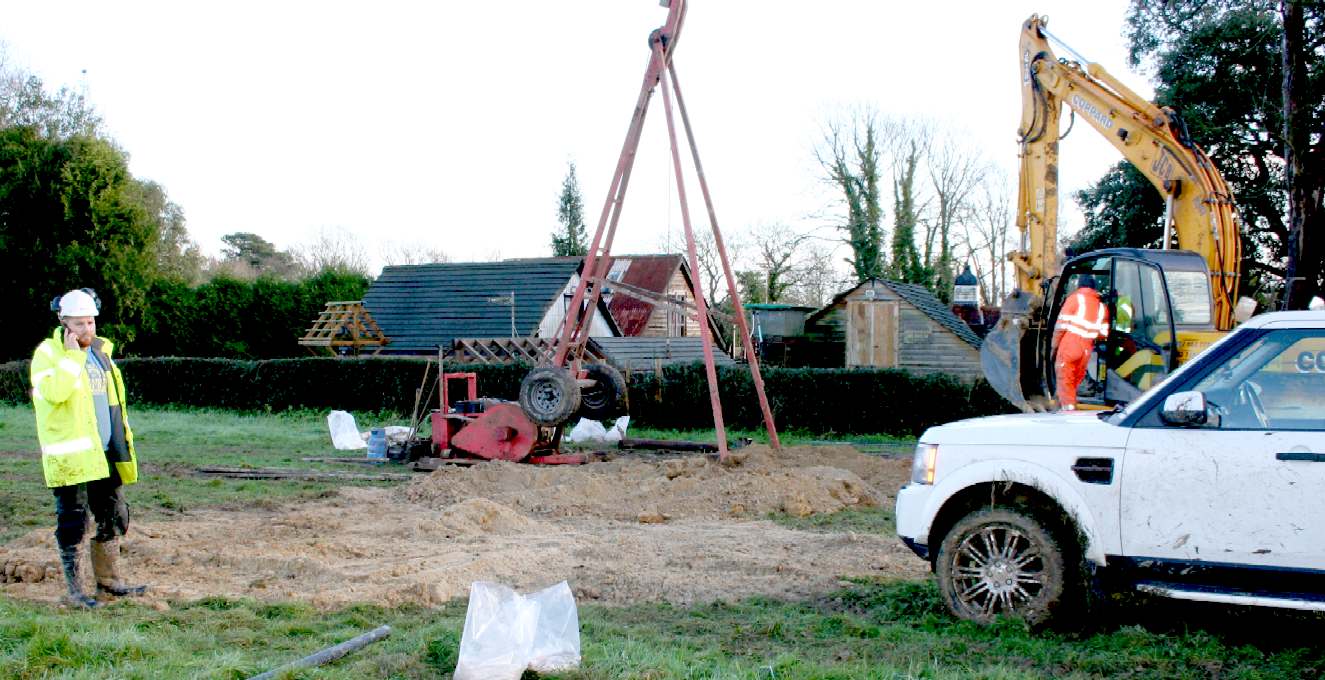
HINKLEY,
CALIFORNIA - GROUND WATER CONTAMINATION - The
town of Hinkley, California,
located in the Mojave Desert, (about 121 miles driving distance
north-northeast of Los Angeles) had its groundwater contaminated with
hexavalent chromium starting in 1952, resulting in a legal case
against Pacific Gas & Electric (PG&E) and a multimillion-dollar
settlement in 1996. The legal case was dramatized in the film Erin
Brockovich, released in 2000.
Residents of Hinkley filed a class action against PG&E,
encaptioned Anderson, et al. v. Pacific Gas and Electric (Superior Ct.
for County of San Bernardino, Barstow Division, file BCV 00300.
In 1993, Erin Brockovich, a legal clerk to lawyer Edward L. Masry,
investigated the apparent elevated cluster of illnesses in the
community linked to hexavalent chromium. The efforts of Brockovich and
Masry, and the plight of the people of Hinkley, became widely known
when the film Erin Brockovich was released in 2000.
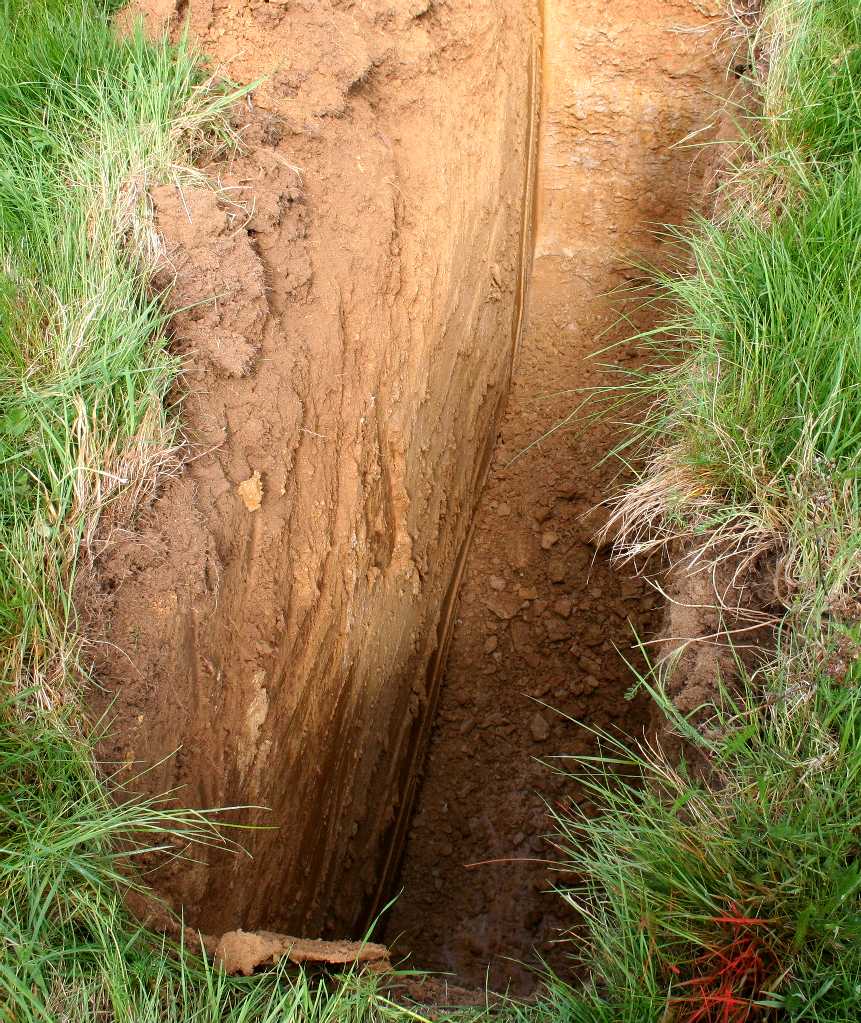
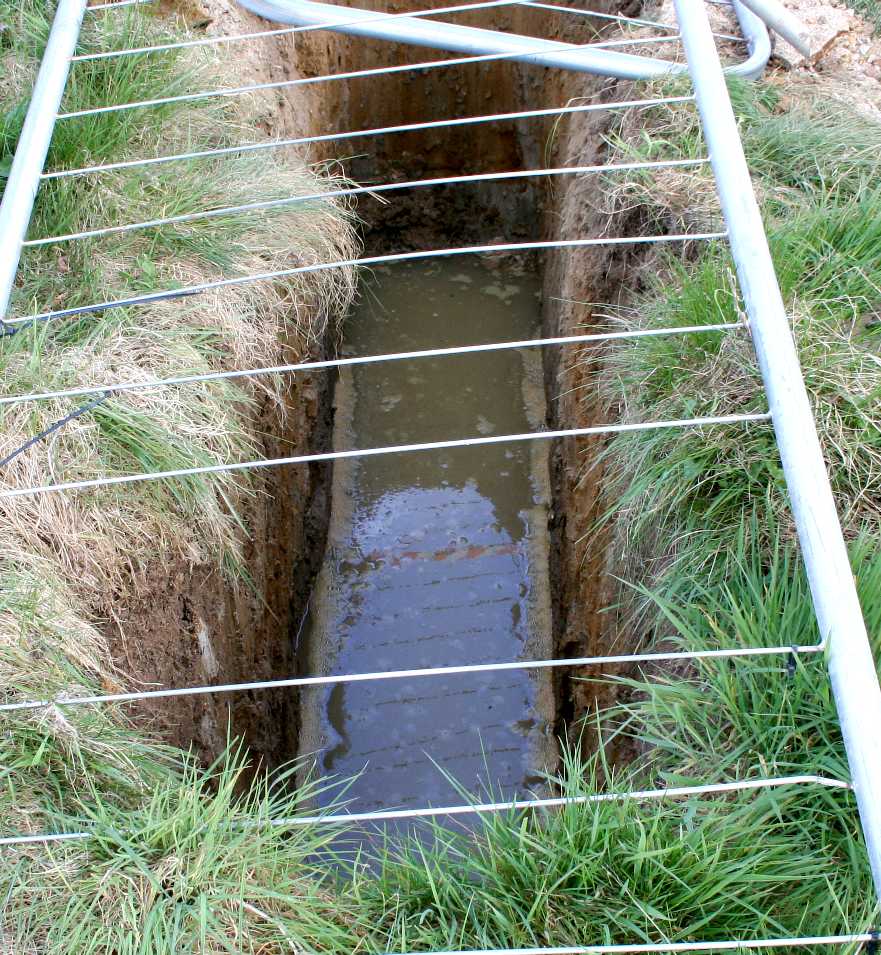
After
many arguments, the case was referred to arbitration with maximum
damages of $400 million. After the arbitration for the first 40 people
resulted in roughly $110 million,
PG&E reassessed its position and decided to end arbitration and
settle the entire case. The case was settled in 1996 for $333 million,
the largest settlement ever paid in a direct-action lawsuit in U.S.
history.
In 2006, PG&E agreed to pay $295 million to settle cases involving
another 1,100 people statewide for hexavalent chromium-related claims.
In 2008, PG&E
settled the last of the cases involved with the Hinkley claims for $20
million.
LEAD
CASE: In the case of Wealden
District Council and planning application WD/2015/0090/MAO,
originally filed by Tim
Watson in 2014, then re-filed by Gleeson
Developments in 2015, and taken over by Clarion
Group and Thakeham
Group, there appear to be multiple errors in applying these
policies to greenbelt, including failing to protect open spaces and
the historic built environment, and not promoting sustainable
transport.
The
Horse
Sanctuary Trust are following this case with much interest. We
consider that the paper trail will eventually make interesting
reading, leading us to who is making the decisions and the money
........
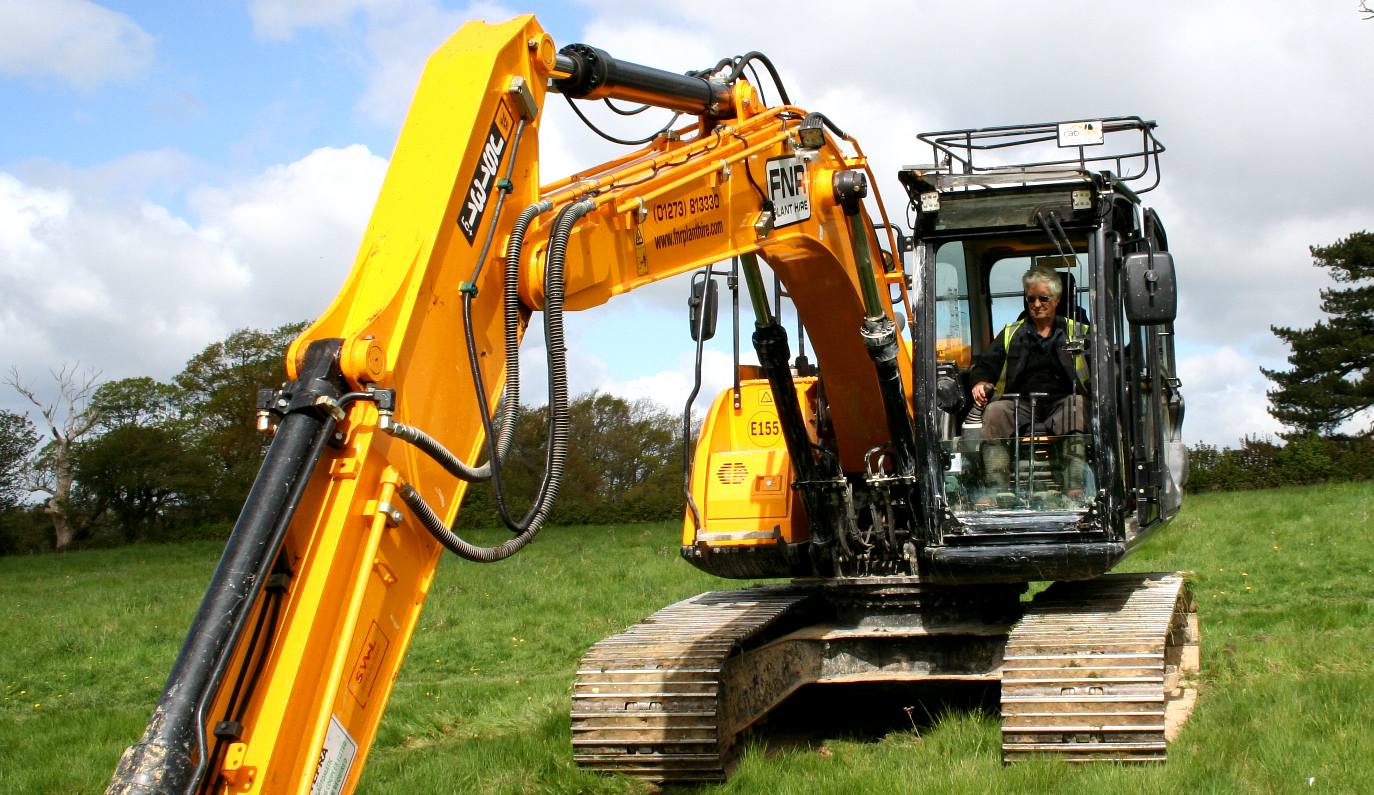
GREENBELT
- Digging up Greenfield sites for quick
profits from windfall planning consents is ruining the heritage of
the nation. Once it is gone, it is gone. Britain is short of genuinely
affordable housing that developers are loath to provide where all they
want is the money. It may be that Clarion Housing and Thakeham intend
building affordable units on this site. They should also bear in mind
the requirement for sustainable development in United
Nations terms. Copyright photograph © April 26 2018, Herstmonceux
Museum Limited. All rights reserved. You may not copy this picture
except for educational
use.
|




